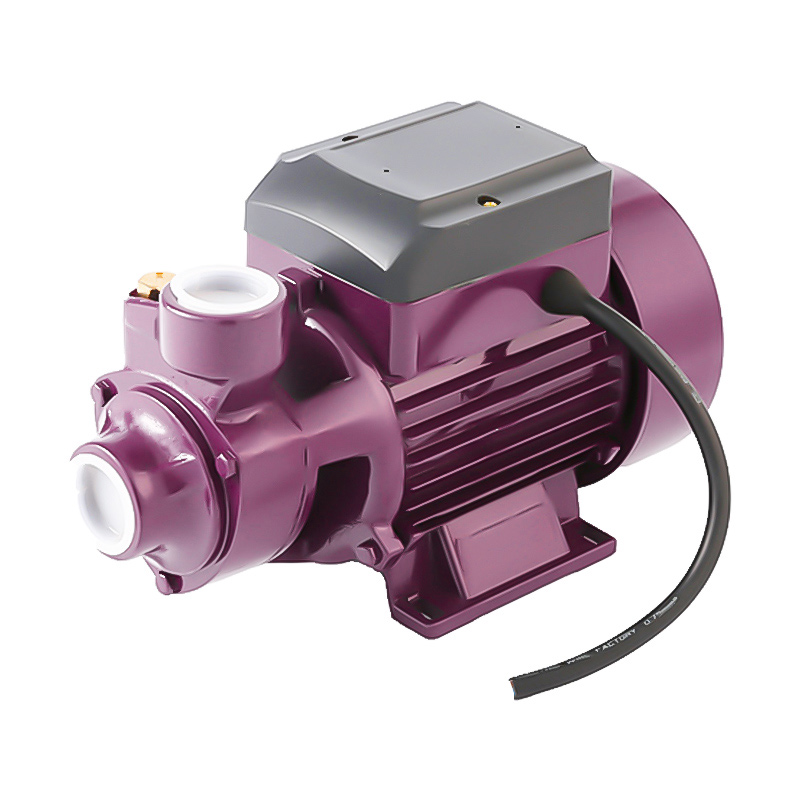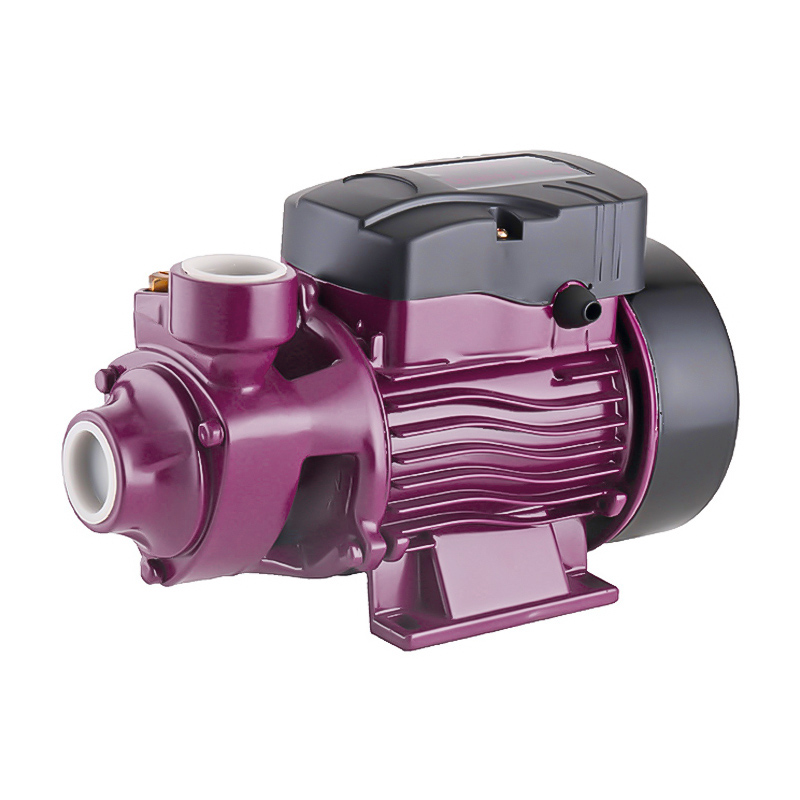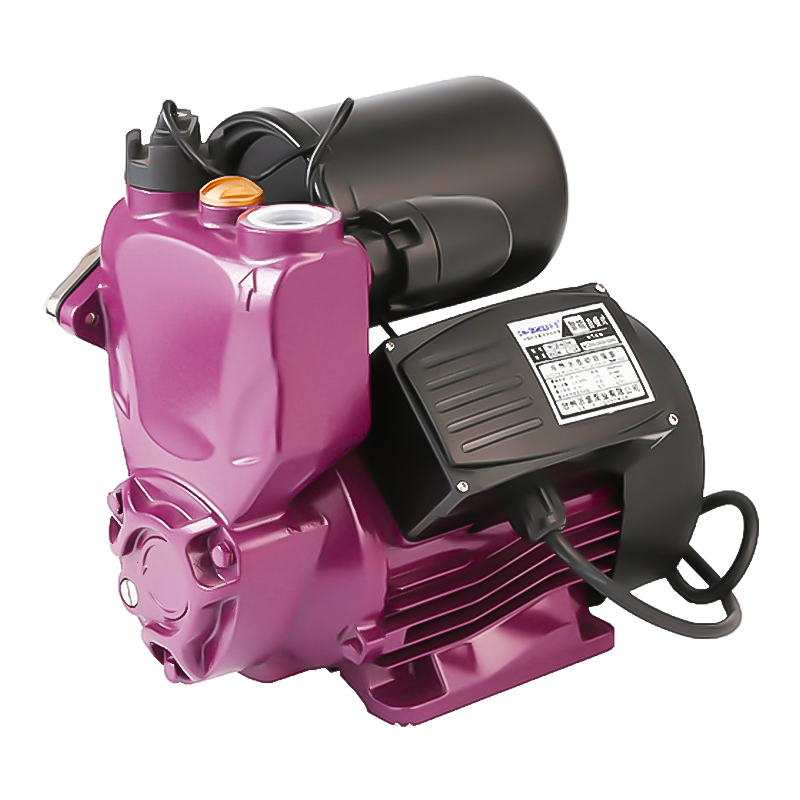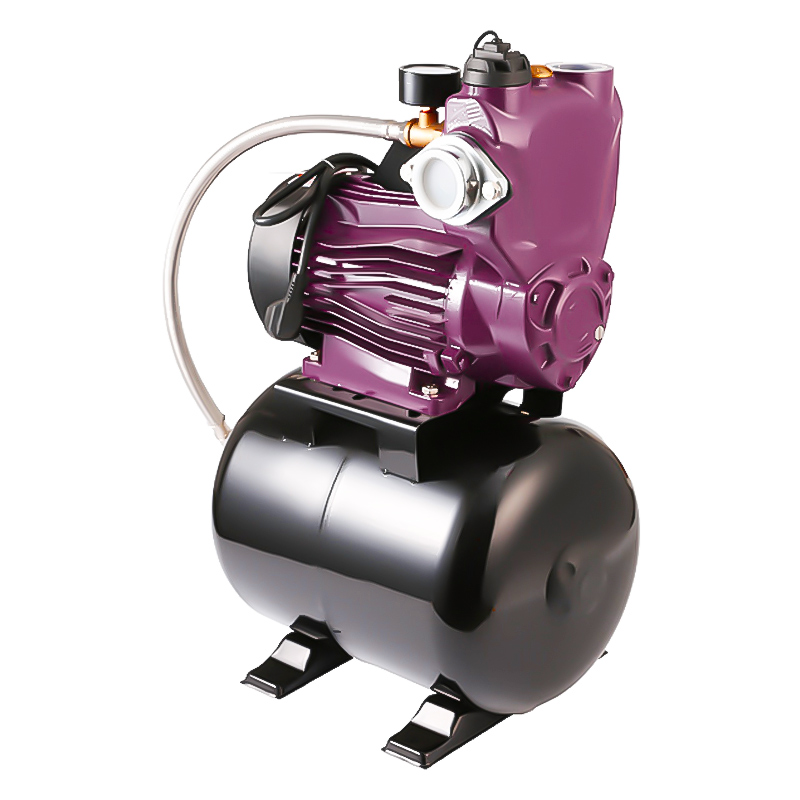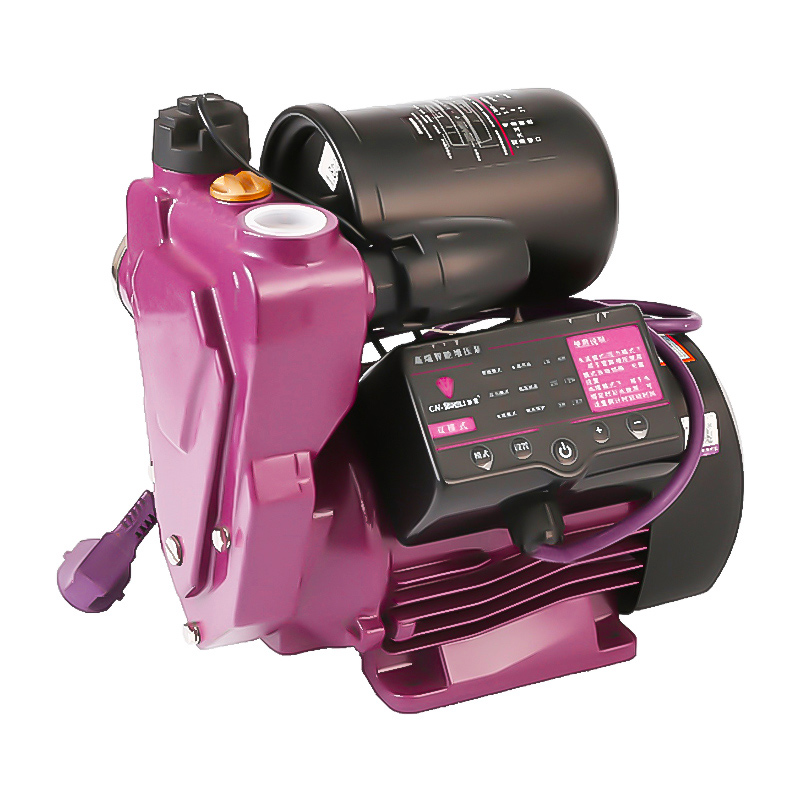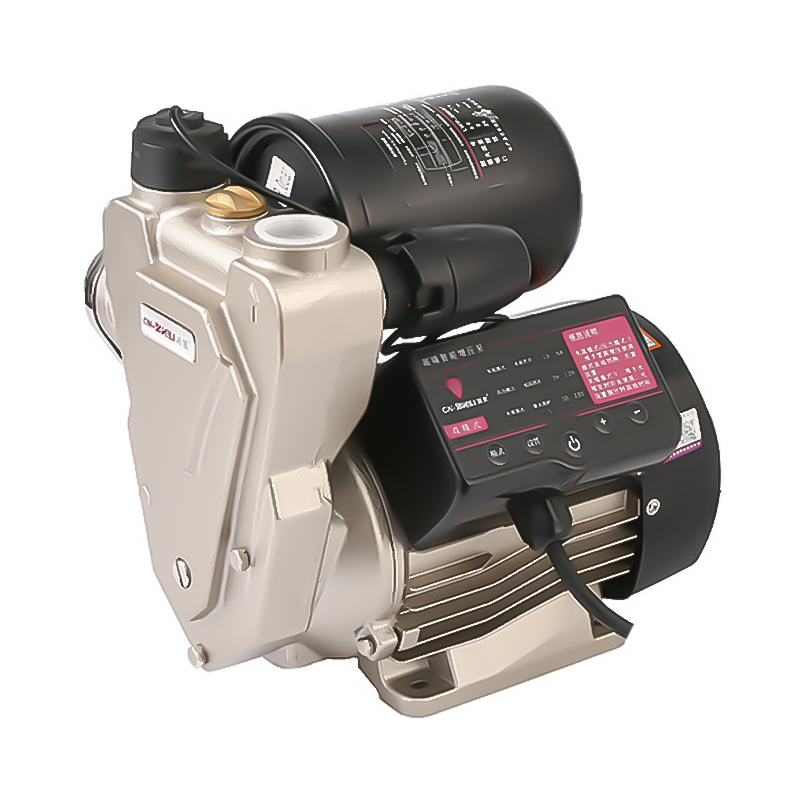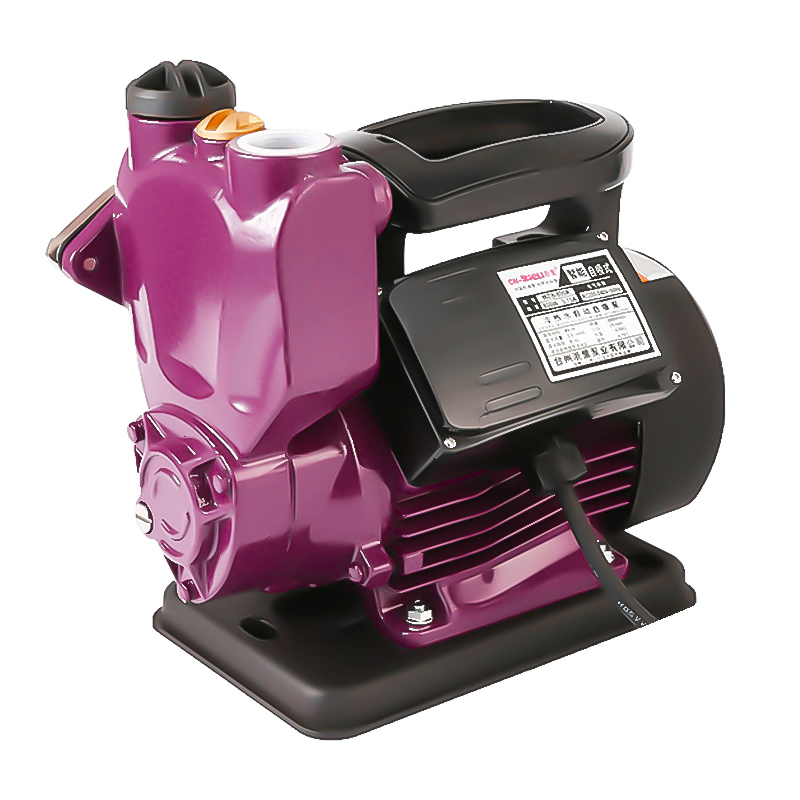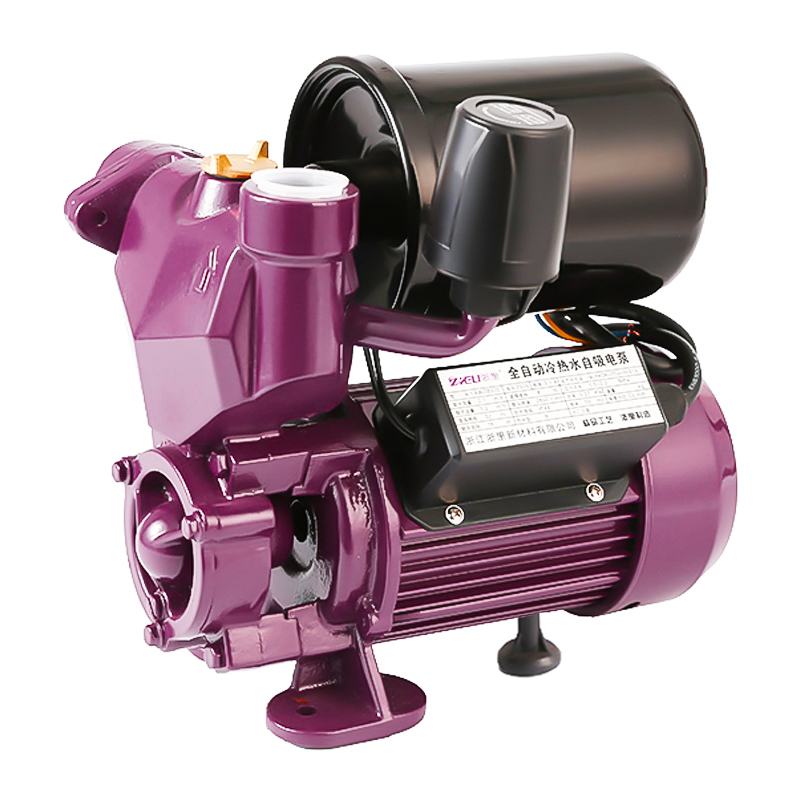The automatic Self-priming Pump is a product in the category of pumps. The working principle of all self-priming pumps in the world is the same. In the beginning, pour some liquid into the pump. After there is water, the impeller will run at a speed of 1450 or 2900 r/min per minute. During the rotation process, the impeller will generate centrifugal force. Centrifugal force will discharge water and air from the pump outlet. When the water has not been pumped up, the water in the pump body will only be sent to a height of about 1 meter. Therefore, it is recommended that the self-priming pump outlet must be upward 1 meter during the installation project. Turning or conveying downwards or horizontally, the water inlet will generate a suction while exhausting again, this suction will clear the air in the water inlet pipe, make the water inlet pipe form a negative pressure, and after the negative pressure is formed, the atmospheric pressure will cause the water to drain. Feed pressure into the vacuum pipeline. In fact, the self-priming pump does not rely on the self-priming pump to absorb water. In fact, it only uses the principle of atmospheric pressure to let the atmospheric pressure send the water to the self-priming pump, and the water delivery height of the atmospheric pressure is theoretically about 10.5 meters. , But due to the total reasons, such as the altitude of the area where the self-priming pump is used, the performance of the self-priming pump, the loss of the pipeline, etc., the self-priming performance generally does not exceed 9 meters, and the self-priming performance is only 9 meters. The best way to control the actual use process is within 8 meters. The water inlet uses the momentum of the flow velocity of the water, and the impeller drives the pump impeller to pump the water to the river bank. This kind of pump inlet pipe can pump water by throwing it into the river, but it must be in a place where the water flow is slow and the drop is low.
Self-priming pumps are different from general centrifugal pumps. Before the centrifugal pump works, the pump body and the water inlet pipe must be filled with water to form a vacuum state. When the impeller rotates rapidly, the blades make the water rotate quickly, and the rotating water flies away from the impeller under the action of centrifugal force. After the water inside is thrown out, the central part of the impeller forms a vacuum area. The water in Suwon is pressed into the water inlet pipe through the pipe network under the action of atmospheric pressure (or water pressure). This cycle is endless, and continuous pumping can be achieved. The self-priming after the use of irrigation does not need to irrigate and divert water, which is the origin of the self-priming pump.
Due to the special design of the pump casing. Its sealing performance is higher than that of ordinary centrifugal pumps, and the water in the pump casing will not be automatically emptied after the motor is stopped. The motor drives the turbine to rotate at a high speed and quickly forms a negative pressure (vacuum) in the pump. Use atmospheric pressure to press the water to the pump casing, and then centrifuge the lift. All self-priming pump products have a suction stroke that does not exceed one atmosphere.

 Language
Language  English
English عربى
عربى 中文简体
中文简体